Before ‘The Timeless Children’ rewrote Doctor Who history, there was another game-changing story called ‘Lungbarrow,’ written by Marc Platt – and it all took place in the Doctor’s childhood home.
In the late 80s, Doctor Who‘s script editor Andrew Cartmel devised a plan to re-establish the mystery of the Doctor and tease details about his mysterious origins. These became manifest in stories such as ‘Remembrance of the Daleks‘ and ‘Silver Nemesis,’ where the Doctor’s role in the early days of Gallifrey was hinted at.
And when it came to planning Season 26, Cartmel encouraged his writing team to delve further into the Time Lord’s origins. One idea that emerged was from writer Marc Platt (who later went on to script ‘Ghost Light’) and involved the Seventh Doctor returning to his childhood home on Gallifrey, known as the House of Lungbarrow.
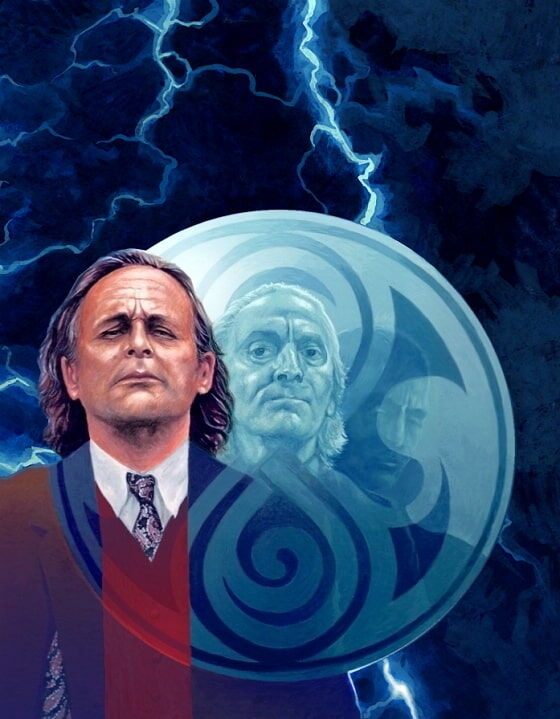
Alas, the producer John Nathan-Turner ultimately passed on the scripts before they could go into production, and on the Season 26 Blu-ray set, Platt acknowledges that the budget may have been a factor in this decision; for one thing, his vision for ‘Lungbarrow’ included a house with living furniture!
But the idea of the Doctor having a mysterious childhood home persisted in Doctor Who fandom, and the legacy of Marc Platt’s ‘Lungbarrow’ endured despite never being made for TV. This is thanks to the 1997 Virgin novelisation of Platt’s unmade adventure which, incidentally, concluded Virgin’s run of Seventh Doctor stories and was released without the Doctor Who branding (see here for more.)

Here’s the blurb for the ‘Lungbarrow’ book:
“All is not well on Gallifrey. Chris Cwej is having someone else’s nightmares. Ace is talking to herself. So is K9. Leela has stumbled on a murderous family conspiracy. And the beleaguered Lady President, Romanadvoratrelundar, foresees one of the most tumultuous events in her planet’s history.
“At the root of all is an ancient and terrible place, the House of Lungbarrow in the southern mountains of Gallifrey. Something momentous is happening there. But the House has inexplicably gone missing.
“673 years ago the Doctor left his family in that forgotten House. Abandoned, disgraced and resentful, they have waited. And now he’s home at last.
“In this, the Seventh Doctor’s final New Adventure, he faces a threat that could uncover the greatest secret of them all.“
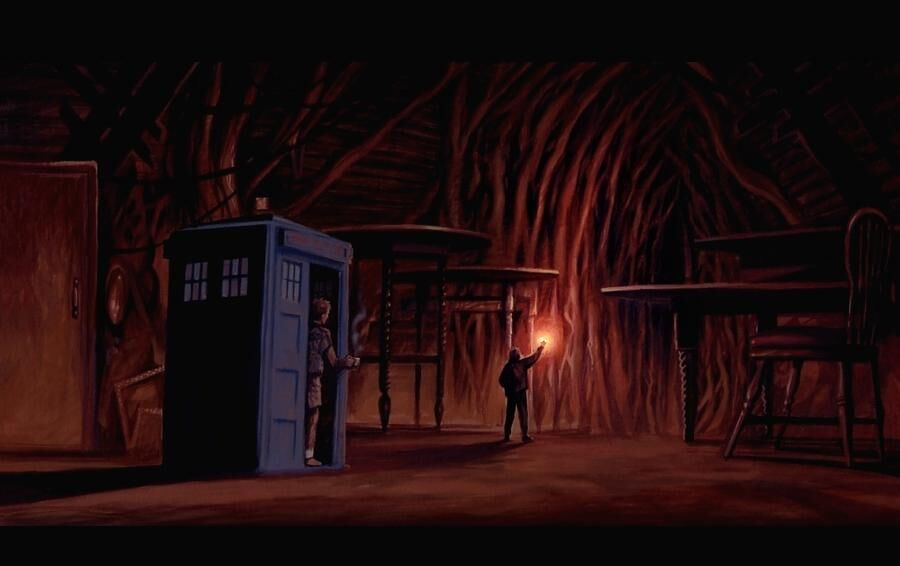
According to the story, the House of Lungbarrow was created by a mysterious being known as the Other (which some people believe may have been the Doctor.) It was both a house and a living creature, initially built to house the wealthy and the privileged, including the Doctor. But at some point he was exiled from Lungbarrow, and after this the House fell into disrepair; apparently, the House’s 44 Cousins created a new Cousin called Owis to replace the Doctor – a maligned and somewhat immature character who was frequently bullied by his relatives.
Naturally, the Doctor reported the Cousins’ crimes to his fellow Time Lords, and Lungbarrow was removed from Gallifrey’s Prydonian chapter and buried underground. Before this, it had resided on a mountain range to the south of the Time Lord Capitol, west of Mount Lung and overlooking the Cadonflood River.
It is in this buried state that the Doctor encounters Lungbarrow in the novel. It is still home to the evil Cousins, as well as a vicious form of dust that has the power to drag the soul out of the body, plus the aforementioned living furniture that was in Platt’s original script. These are wooden servants, who wait on the House’s occupants.
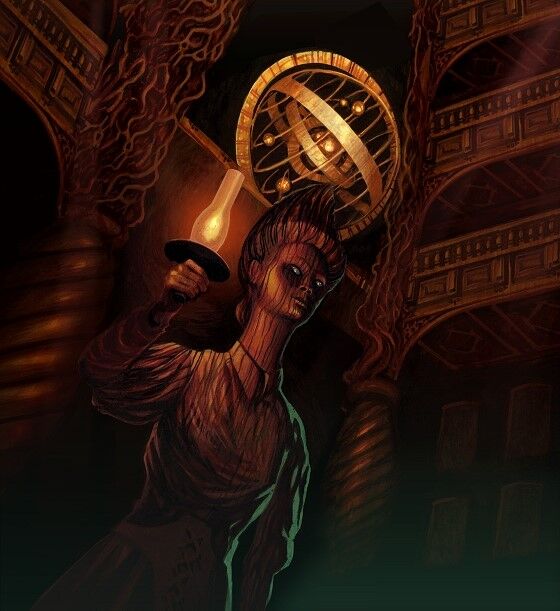
As the ‘Lungbarrow’ story unfolds, a number of key moments from the Doctor’s past are revealed. Many of these are depicted through flashbacks, with characters using astral projection to go inside people’s dreams and memories. On one occasion, we see the Doctor working in the Time Lord Capitol, shortly after his exile from the House.
On another occasion, the Doctor and his friends go inside his subconscious mind where they encounter a tapestry of experiences hanging on the wall of Time. Inside the tapestry, they see Rassilon (one of the founders of Time Lord society) locked in a bitter feud with the mysterious being known as the Other. Rassilon is hell bent on purging Gallifrey’s dissidents, whereas the Other insists that the bloodshed will only lead to stagnation.
Ultimately, the Other decides to flee, and bids goodbye to his granddaughter Susan, whom he orders to seek sanctuary on the planet Tersurus. He then flings himself into the central progentive cascades of the genetic Looms and disintegrates. (Looms, in case you were wondering, are like breeding tanks where new Time Lords are “woven,” and were invented by Rassilon to compensate for the Time Lords’ inability to reproduce sexually.)
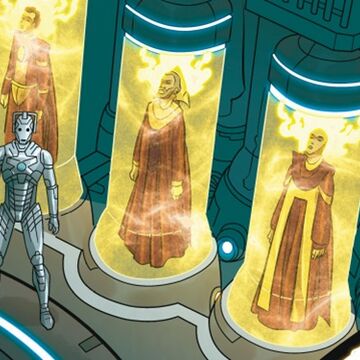
Apparently, the Doctor was “loomed” in the House of Lungbarrow, and in the novel he claims that he can remember being inside the Loom before he was born. “I can remember waiting to be born…” he says. “It was like being all strung out. All unravelled inside the Loom. I was spread really thin… I couldn’t think. Not put thoughts together… But I knew where I was and what was happening. I couldn’t wait to get out. And then I was born. My lungs nearly burst. The first rush of air was so cold…”
But going back to the ‘Lungbarrow’ story, the Doctor is ultimately reunited with Susan after throwing himself into the Looms. The Hand of Omega (a piece of Time Lord technology) transports him through time and he encounters his granddaughter living on the Gallifreyan streets, having been unable to reach the spaceport and travel to Tersurus. They leave together in a stolen TARDIS, and go off to explore the universe.
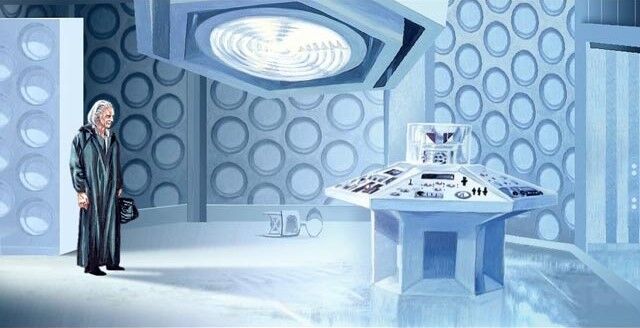
As such, the ‘Lungbarrow’ novel acts as an origin story for the Doctor and also a prequel to the very first TV story ‘An Unearthly Child.’ Of course, the Doctor’s escape from Gallifrey has now been covered in the episode ‘The Name of the Doctor’ although, on its own, this episode doesn’t contradict the events of ‘Lungbarrow.’
However, given the revelations that were made about the Doctor’s origins in the 2020 episode ‘The Timeless Children,’ it would now be quite hard to canonise the origin story laid out in Platt’s novel. Unless, of course, the events of the ‘The Timeless Children’ were somehow undone…
How do you feel about the origin story of ‘Lungbarrow’? Would you prefer that we didn’t have any information about the Doctor’s backstory? Let me know in the comments below.
Thanks to the TARDIS Data Core and the Doctor Who Reference Guide.

Seventh Doctor jumper – order now from the Lovarzi shop!


Remembering being born, “in the Loom”, could very well be the Division erasing the Doctor’s memories & thus beginning the life of the Doctor starting with Hartnell’s run. Just a thought.
Interesting idea!
Lungbarrow is a wonderful book and much better than the Timeless Child rubbish. Retcon that out of existence and go with Lungbarrow, looms and all.
Absolutely.
Fantastic game changing story and now expensive to own a copy